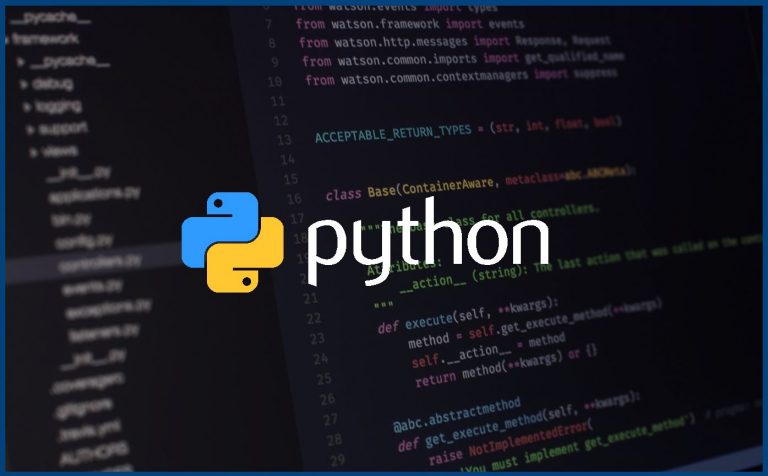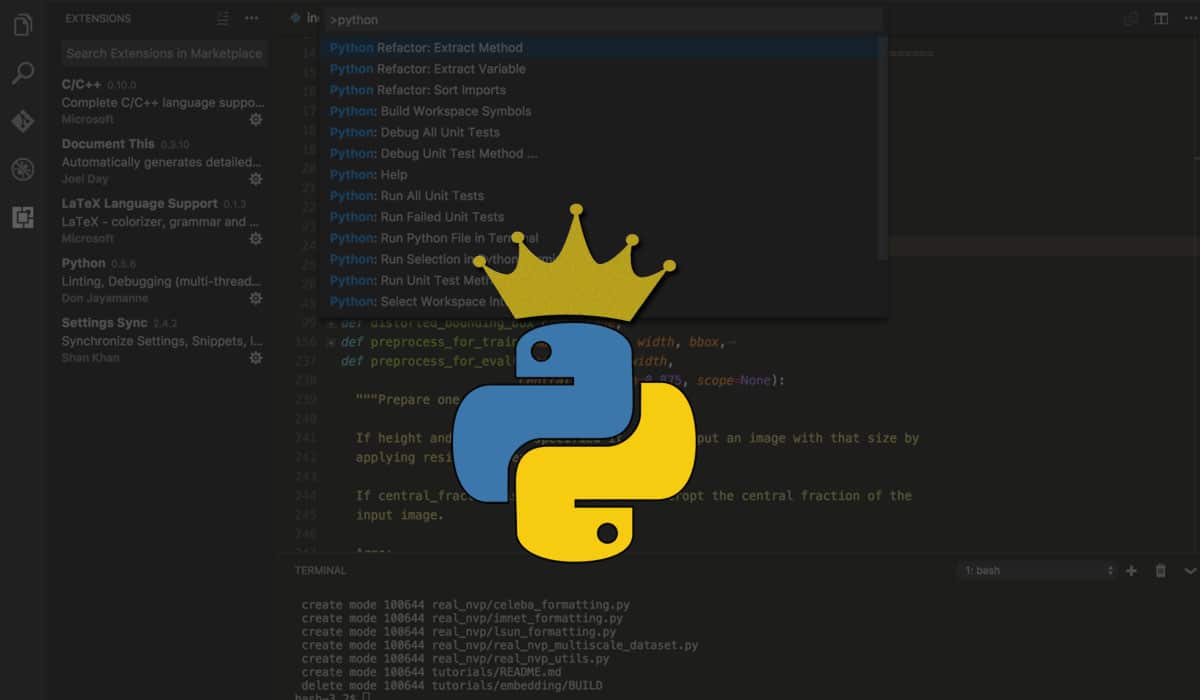For many new computer programmers, learning a new language can be tricky and confusing. That is why many people suggest starting by learning Python. It is relatively simple and can be picked up quickly compared to other languages.
Python is also a very powerful language for building programs and manipulating data. Before we get started with the essential tips and tricks for learning this language, we will cover the basics of it.
Contents
Object Oriented
Like most newer languages, Python is object-oriented. This means that everything that your program becomes a manipulatable object. The fact that it is also a dynamically typed language helps with writing clear code.
This language also contains several different terms, which we will cover below. These are items that you should familiarize yourself with when getting to know this new programming language.
Essential Terms
Many programming languages come with a standard dictionary of terms and items that you will need to start coding. Python is no exception to this.
Let’s start with the term print (). This is how you will get output from your code when using this language. Basically, once you type print () into the code editor, you will get an output.
Another primary term in this language is a string. The function of a string is str(). In this language, the term string is used to describe a sequence of characters. This could be a word, a sentence, or even longer items.
Next, we have the term integer. The function for an integer is int(). An integer is any number without a decimal. For example, 10 is an integer, but 10.1 is not.
So, what is the number 10.1 referred to as in Python? It is referred to as a float. The function for float is float().
The next term is a list. When you create lists in Python, you simply use list = [ ]. This is how you define an index. This will create a list of integers, floats, or strings.
Now, all of this seems pretty straightforward. You can see why many new programs will choose to start with the Python language. Once you begin to get the hang of the terms and their functions, you can check out a forum thread from DaniWeb.com to get started on converting strings into integers and vice versa.
Concatenation
Another tip for any beginner learning Python is the ability to concatenate. This term means to combine strings, integers, lists, or arrays. To concatenate two strings in Python, you use the + symbol. This will combine the two elements, and upon using the print () function, you will have a new string.
Final Words
This guide will help you get started with some of the essentials in Python programming. We will also leave you with some parting words of wisdom that can help you with all of your future programming endeavors.
First, make sure you write code every day so the material sticks. Ensure that you are asking intelligent questions and taking notes. Finally, use all of the resources at your disposal. Go ahead and get started with your first Python program!


